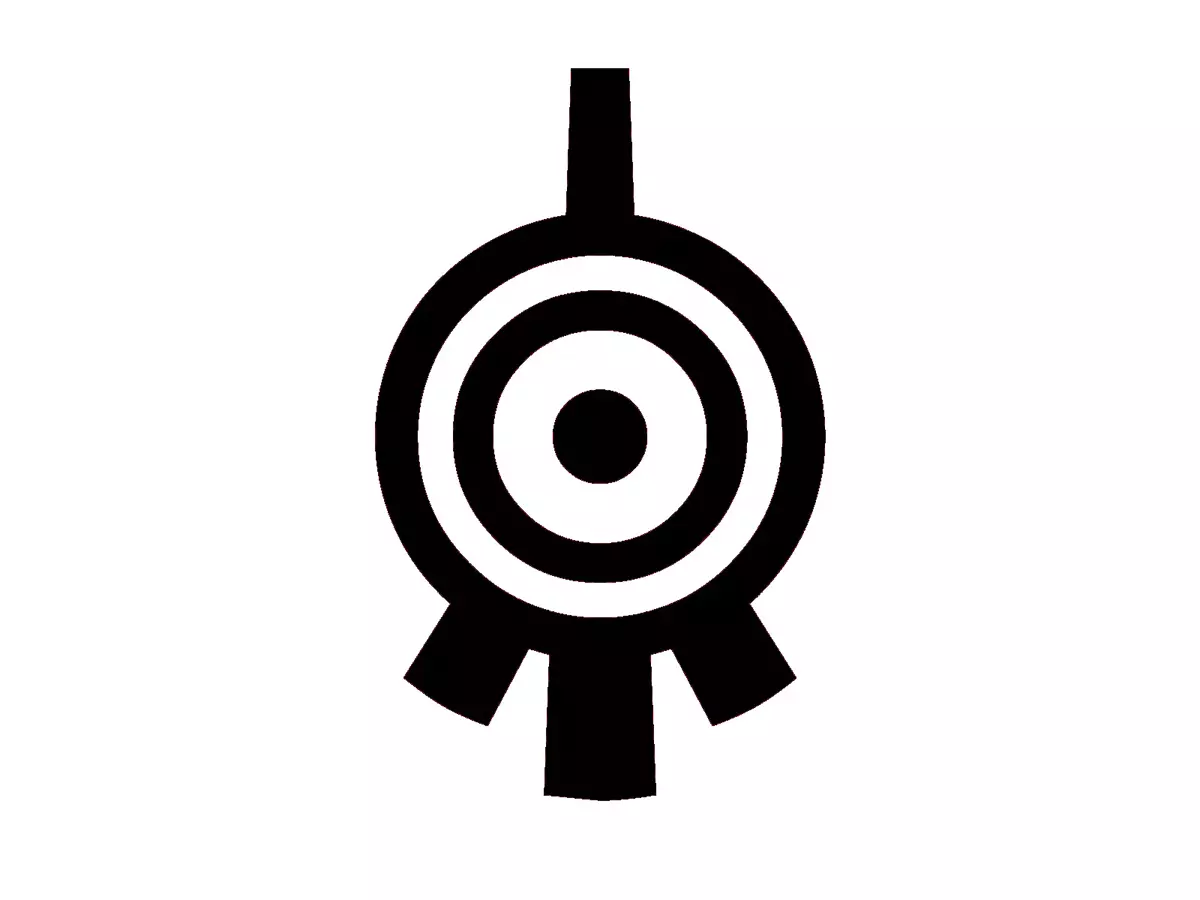Maybe this is a little bit off-topic. I would like to ask how you manage your dockerfile.
I have a git repo hosting my configurations (docker-compose, traefik, etc). Then, I have a python script that reads data from JSON, renders the placeholder inside these files (the {{replace_me}}) by an actual value and outputs them to another directory. Finally, I cd to that directory and run docker-compose up -f .... (This approach takes inspiration from the terraform templatefile)
That JSON file is generated by some terraform code, along with terraform code for other stuffs (storage bucket, vps, dns, etc).
It works well for me so far. Especially for:
- templating
traefik tomlconfiguration (I like it a lot more than the label approach). - secret in the docker env file (so my docker.env file has the form of
secrect={{secret}}.
I know most templating docker part can be replaced by directly interpolating with environment variables but I don’t really like it because it seems environment variables are not persistent.
Do you have any suggestions for my workflow ? I am always feel a litte bit off about this approach.
Edit: Thank you for your suggestions. I will try k8s for edge computing and if it does not work really well, I will stick with my current approach.


So far I just hand roll my docker-compose (at home, anyway). However, docker-compose does also support overrides via yaml merging, maybe that’s worth looking into?
My idea with that is to have a base compose that configures also my services and then to have a few override yamls with environment specific stuff (like prod, local, …)
This is similar to Kustomize from kubernetes land which I’ve worked with in the past
I actually need more than merging. For example, right now my
traefik.templatewill look like this:[http.routers.{{ router_name }}] rule = "{{ router_rule }}" service = "{{ service_name }}" middlewares = [{{ middlewares | map("tojson") | join(", ") }}] {% block router %}{% endblock %} [http.routers.{{ router_name }}.tls] certResolver = "leresolver_http" {% if service_host is defined %} [[http.services.{{ service_name }}.loadBalancer.servers]] url = "{{ 'https' if service_use_https is defined else 'http' }}://{{ service_host }}{{ ':' ~ service_port if service_port is defined else '' }}" {% endif %}and then one of my
traefik.tomlcould look like this{% extends "template/traefik.jinja" %} {% set router_name = "dozzle" %} {% set router_rule = "Host(`dozzle.example.com`)" %} {% set service_name = "dozzle" %} {% set service_host = "dozzle" %} {% set service_port = 8080 %}This is definitely a job for templating, seems you’ve got the right tool to me!
I was using file merging, but one issue I found was that arrays don’t get merged - and since switching to use Traefik (which is great) there are a lot of arrays in the config! And I’ve since started using labels for my own tooling too.